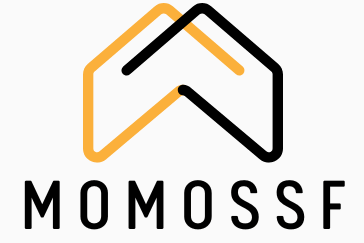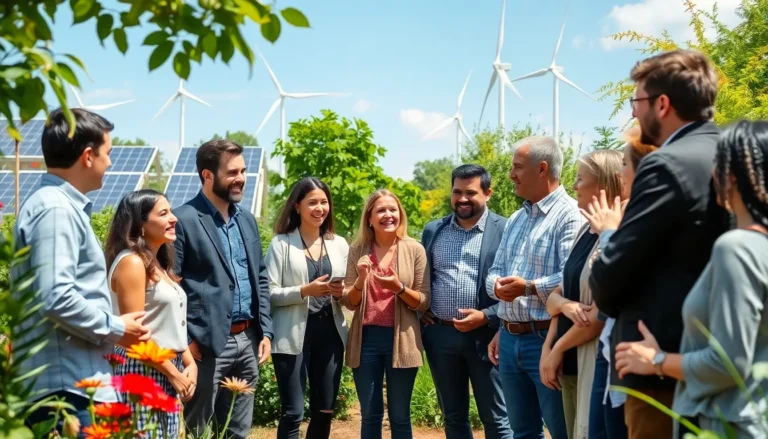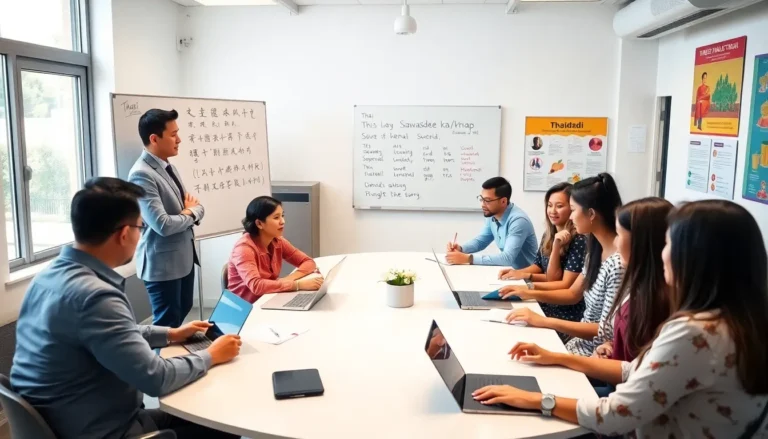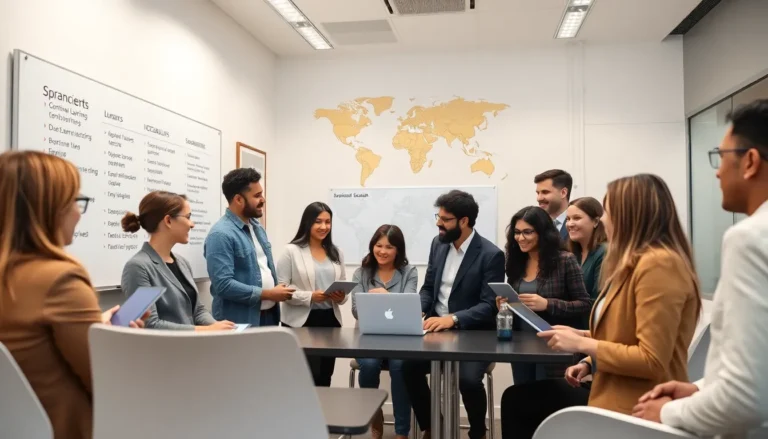Imagine trying to learn how to ride a bike while only reading a manual. Sounds ridiculous, right? Multisensory learning flips that script, engaging multiple senses to make education as dynamic as a circus act. It’s not just about seeing and hearing; it’s about feeling, tasting, and even smelling the lessons that stick.
Table of Contents
ToggleOverview of Multisensory Learning
Multisensory learning integrates various sensory modalities to create a rich educational experience. Engaging sight, sound, touch, taste, and smell enhances information retention and understanding. Research shows that incorporating multiple senses during lessons leads to improved retention rates.
Visual elements play a key role in this approach. Using images, diagrams, and videos can facilitate comprehension for visual learners. Auditory components, like discussions and music, stimulate listening skills and encourage participation. Tactile learning, such as hands-on activities, allows learners to physically interact with materials.
Taste and smell are often overlooked but can also contribute significantly. For instance, culinary activities in science classes illustrate chemical reactions while appealing to the sense of taste. Integrating real-world experiences strengthens connections between concepts and practical applications.
Incorporating multisensory techniques within lesson plans aids diverse learning styles. Students demonstrate higher engagement levels when materials appeal to their senses. Teachers can implement strategies such as collaborative projects, interactive games, and sensory stations to foster a stimulating environment.
By diversifying teaching methods, educators address individual needs effectively. This approach promotes inclusivity, ensuring that every student can participate fully. Overall, multisensory learning inspires deeper connections across subjects, facilitating a well-rounded educational experience.
Benefits of Multisensory Learning
Multisensory learning offers several advantages that enhance the educational experience. Its integration of multiple senses fosters a deeper understanding of material.
Enhanced Retention and Recall
Enhanced retention occurs when students engage with content through various senses. Studies show that incorporating visual, auditory, and tactile methods increases memory retention by up to 70%. Engaging more senses helps create stronger neural connections, making information easier to recall later. For instance, students who explore concepts using hands-on activities or visual aids demonstrate higher retention rates than those relying on text alone. Reinforcement through varied sensory experiences not only solidifies learning but also builds confidence in students’ abilities.
Improved Engagement
Improved engagement is one of the hallmark benefits of multisensory learning. A stimulating environment captures students’ attention and motivates them to participate actively. Educators can foster this engagement through techniques such as interactive games, collaborative projects, and sensory-rich activities. When students interact with materials rather than passively receiving information, they are more likely to stay interested and involved. Engaged learners take ownership of their education, leading to increased motivation and enhanced learning outcomes. Research highlights that students thrive when they partake in diverse sensory experiences, creating a vibrant and dynamic classroom atmosphere.
Techniques in Multisensory Learning
Engaging multiple senses in learning enhances the educational experience. Various techniques exist to support this approach in effective lesson planning.
Visual Techniques
Visual techniques significantly boost understanding and retention. Images, videos, and infographics facilitate comprehension for visual learners. Charts and diagrams present complex information in an easily digestible format. Utilizing color-coded materials helps categorize information, making it more accessible. Interactive whiteboards enable real-time collaboration and creativity. Integrating augmented reality applications allows students to explore concepts dynamically, enriching their learning journey.
Auditory Techniques
Auditory techniques engage listening skills and improve retention. Discussions and lectures provide opportunities for students to vocalize their thoughts. Integrating music or sound effects can enhance thematic lessons and create memorable associations. Storytelling encourages imaginative engagement through auditory means. Utilizing podcasts as supplementary material introduces diverse perspectives while catering to auditory learning styles. Group debates foster an interactive atmosphere, promoting active participation.
Kinesthetic Techniques
Kinesthetic techniques involve hands-on activities that deepen understanding. Experiments and simulations allow students to interact directly with materials, making concepts tangible. Role-playing fosters empathy and enhances retention through real-life context. Movement in the classroom can improve focus, incorporating short physical activities between lessons. Building models or conducting field trips offers immersive experiences that reinforce learning. These approaches enhance student engagement, ensuring a well-rounded educational experience.
Applications of Multisensory Learning
Multisensory learning finds widespread application across various fields, significantly enhancing engagement and retention.
In Education
In educational settings, teachers implement multisensory techniques to reach diverse learning styles. Visual aids like infographics captivate learners’ attention. Engaging discussions and storytelling enhance auditory understanding. Kinesthetic activities, such as experiments and role-playing, foster hands-on engagement, deepening comprehension. By utilizing a combination of these methods, educators create an inclusive environment. Strategies like sensory stations and collaborative projects inspire active participation among students. This holistic approach can increase memory retention rates by up to 70%. Every student benefits when lessons resonate through multiple senses, promoting a vibrant classroom atmosphere.
In Therapy
Therapists leverage multisensory learning to support individuals with special needs or developmental delays. For instance, sensory integration therapy utilizes tactile, auditory, and visual elements to enhance therapeutic outcomes. Engaging clients in hands-on activities helps bridge gaps in communication. Art and music therapy offer avenues for expression, activating emotional responses. Structured play therapy provides a multisensory experience that facilitates social skills development. By adapting techniques to individual needs, practitioners can significantly improve engagement and success rates. Multisensory methods create a nurturing space, empowering clients with developmental challenges to thrive.
Embracing multisensory learning transforms the educational landscape by creating immersive experiences that resonate with diverse learners. This approach not only enhances retention but also fosters a deeper connection to the material, making learning more enjoyable and effective. By engaging multiple senses, educators can cultivate an inclusive environment where every student thrives.
The benefits extend beyond the classroom, impacting therapeutic practices and enriching lives. As the understanding of multisensory techniques evolves, so does the potential for improved educational outcomes and personal growth. Adopting these strategies paves the way for a brighter future in learning and development.






